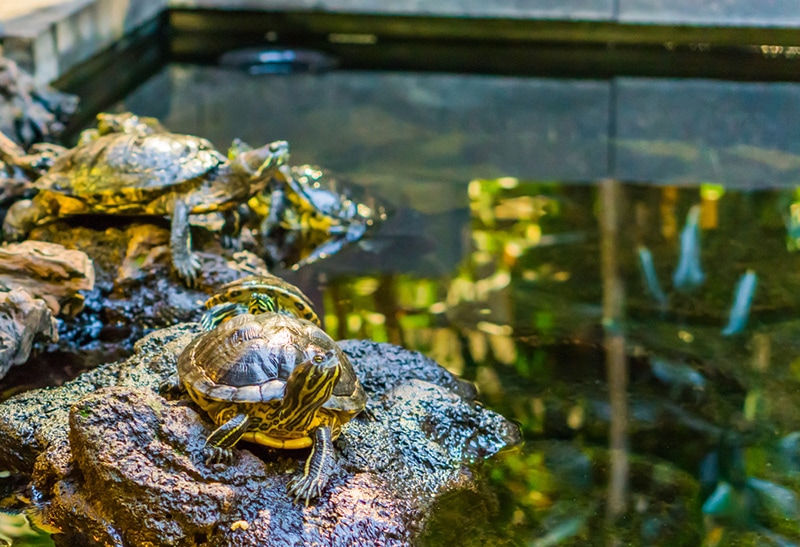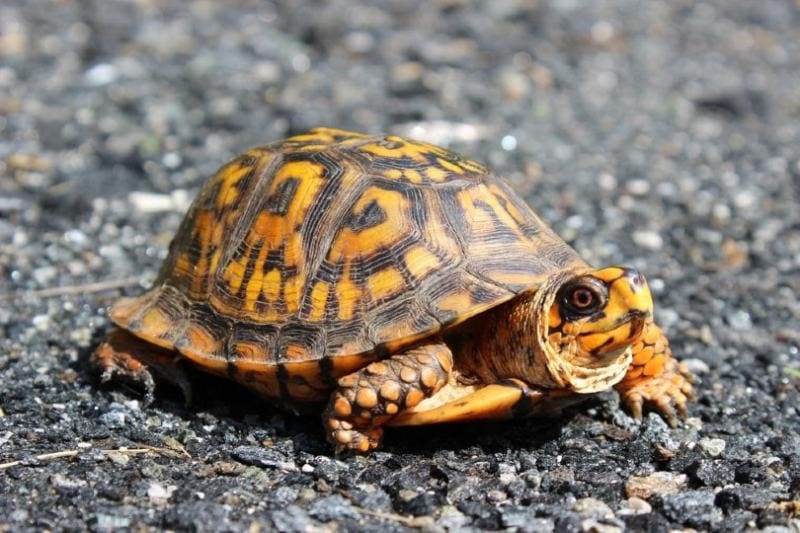8 Types of Tortoises That Make Great Pets (With Pictures)
Updated on
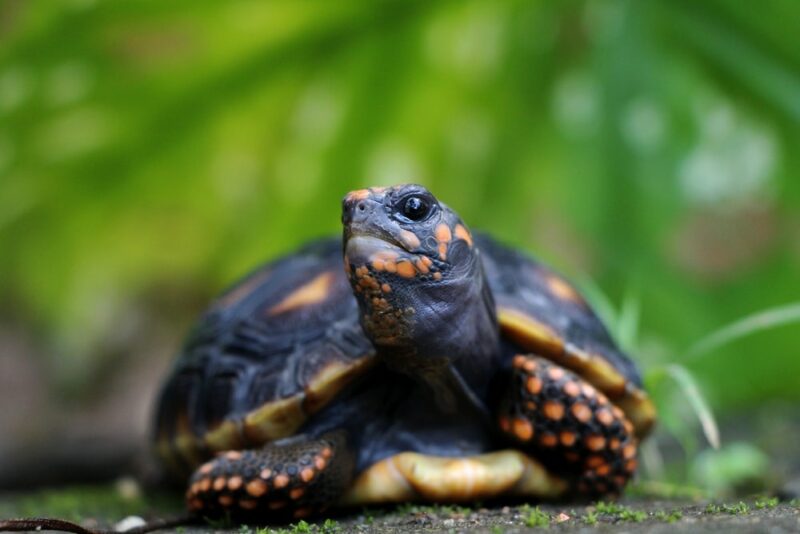
Tortoises are interesting pets to care for. They don’t require walks like dogs do, and they don’t claw at furniture like cats do, yet they provide a sense of comfort and serenity for us humans as we watch them gently interact with their environment. They have a way of teaching us patience and how to enjoy the moment when spending time with and around them.
Before adopting a tortoise friend it is important to check the legality of owning the specific breed you are considering in your state. We cannot stress how important it is to make sure you are not adopting a wild-caught tortoise. Many of the commonly kept species are critically endangered or endangered in the wild such as the Egyptian (or Kleinmann’s tortoise) and the giant Sulcata (or African spurred) tortoise and for this reason, we have not included them on our list.
If you’re interested in having a tortoise companion of your own, it’s a good idea to choose one that’s easy for beginners to learn about and take care of. If you want to add to your existing tortoise family, you should focus on adaptability and ease of care. Luckily, you don’t have to guess which types would be right for you. Here is a list of 8 tortoises that make great pets for beginners and experienced owners alike.
The 8 Types of Tortoises That Make Great Pets
1. The Marginated Tortoise (conservation status least concern)
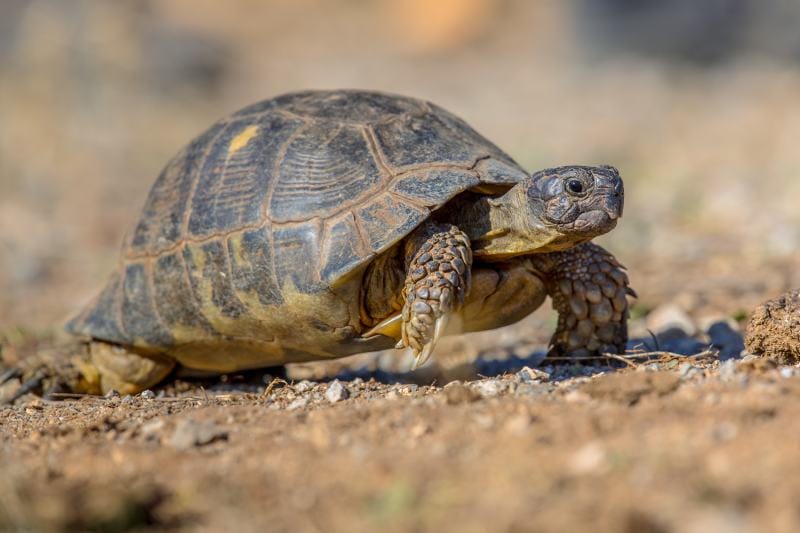
Originating from Greece, the marginated tortoise is a digger that loves spending time in areas where the sand and dirt are deep. They also tend to love soaking in any bodies of water that are accessible to them. These tortoises are most comfortable living in outdoor habitats that are located in warm or tropical climates. If they do live inside, they require a habitat of at least 16 square feet in size to flourish.
2. The Red-Footed Tortoise (conservation status vulnerable)
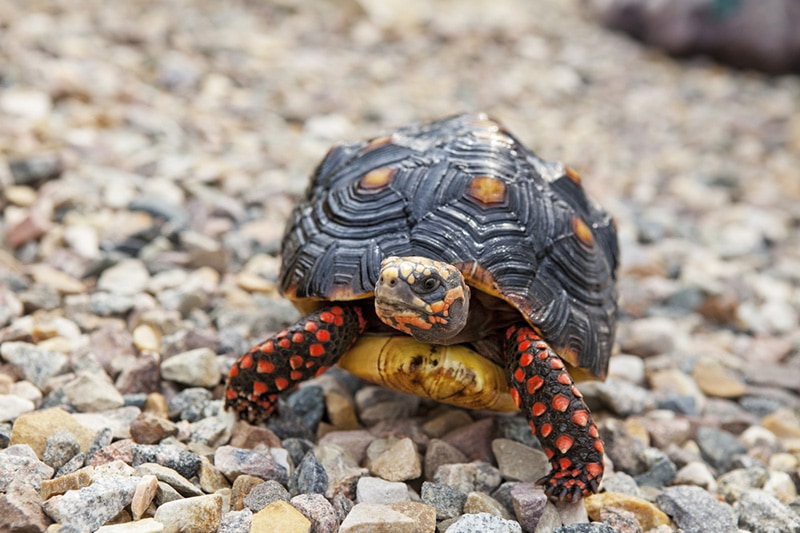
If you go looking hard enough, you might find the red-footed tortoise roaming around South America and the Caribbean islands. As pets, these tortoises are comfortable in smaller habitats. They grow only to about 14 inches long as adults, yet they are quite brave and curious compared to other types of tortoises. They tend to enjoy spending time with human companions, and some even take to following their companions around.
3. The Yellow-Footed Tortoise (conservation status vulnerable)

This type of turtle is similar to the red-footed tortoise, but their shell has yellow markings instead of red ones. Their coloring is also not as intense. With ridged scutes around the rim, the yellow-footed tortoise’s shell is extremely rounded, creating a tall arch on its back. This tortoise species is considered to be the largest living in the mainland of South America. Like the red-footed tortoise, this species grows to about 14-36 inches in length.
4. Hermann’s Tortoise (conservation status near threatened)
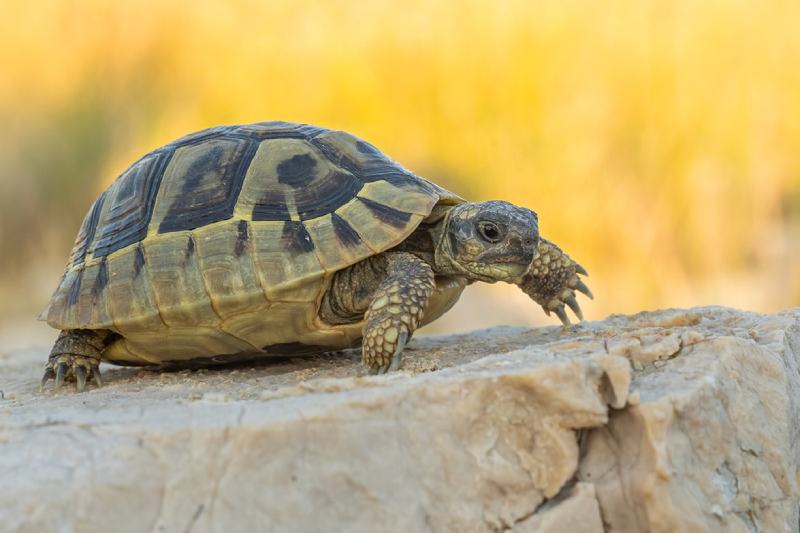
This docile tortoise species gets to be about 8 inches in length when fully grown. In the wild, they enjoy living in evergreen forests and throughout rocky hillsides. These tortoises should have access to different rocks, plants, and grass or sand to thrive in a domesticated environment. They also require a basking spotlight to stay healthy throughout their lives. These little tortoises tend to have a great deal of energy, which is great when children are interacting with them.
5. The Indian Star Tortoise (conservation status vulnerable)
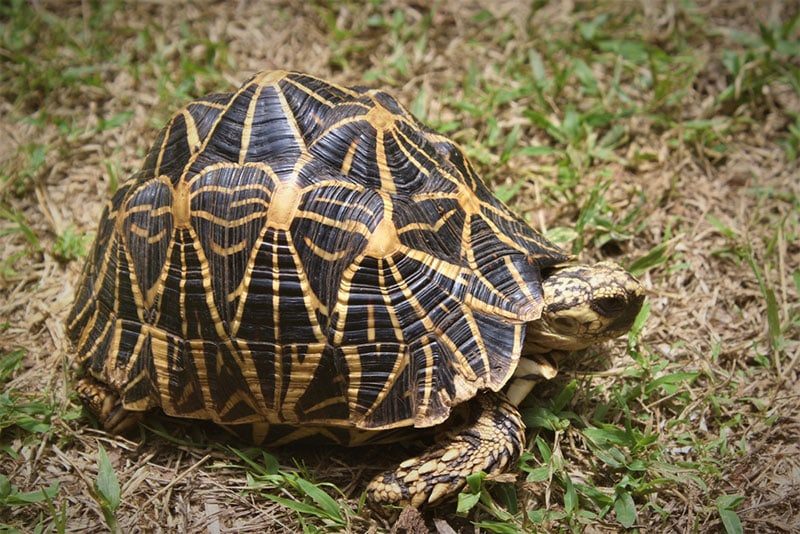
The shell on the Indian star tortoise is unique in that it has stark markings that look like stars. These tortoises come from the forests of Sri Lanka, Pakistan, and India, where the climate is extremely humid. In captivity, they do best in environments with as high as 80% humidity levels. They are greatly sought after, so they can be hard to find on the market.
6. The Greek Tortoise (conservation status vulnerable)

This little tortoise is thought to be even tempered by those familiar with them. At 5 to 8 inches in size, they can thrive in various living conditions, making them a great pet for almost all household types and habitat varieties. The Greek tortoise is used to different types of environments, so as long as their habitat is set up with things like rocks, sand, and plants, they should be good to go.
7. The Russian Tortoise (conservation status vulnerable)
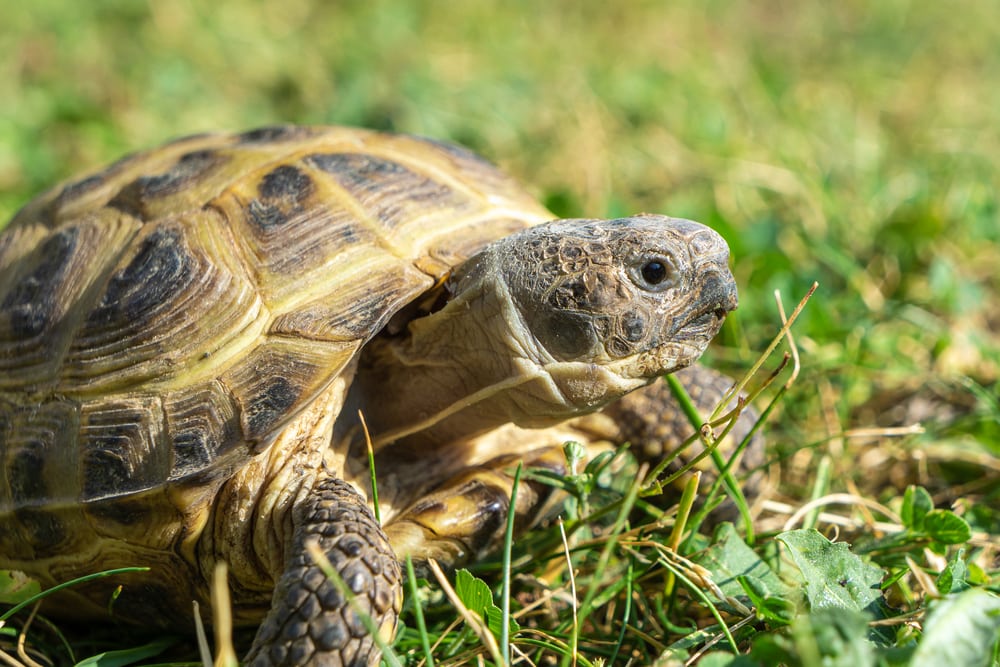
This is one of the more popular types of tortoises on the reptile pet scene due to their active temperament, interactive personality, and minimal care requirements. This tortoise’s shell features different shades of green, brown, tan, and black. They have four sharp claws on each foot that help them break up the substrate and burrow into the ground. Despite their sharpness, though, these claws don’t typically pose a danger to human companions.
8. The Leopard Tortoise (conservation status least concern)

This tortoise can weigh up to 40 pounds, making them a large pet option that requires a good-sized habitat to thrive in. They need too much space to live indoors but can do fine in an enclosed habitat outside that is about the size of an average bedroom. They sport tan or brown shells with black splotchy markings that give them a “leopard-like” look. They enjoy warm temperatures and need a basking area that reaches upward of 95 degrees Fahrenheit.
Final Thoughts
These 8 awesome tortoise species can all make suitable pets for one reason or another. Now that you know more about each of them, you can start considering which would be best suited for your family and household type. You should never take a tortoise from the wild to make your pet and only source from responsible breeders. Many species of tortoise are threatened or endangered in the wild and must not be taken to become part of the pet trade. It’s always a good idea to consider each tortoise’s habitat needs and how they interact in their environments before making a final decision.
- See Also: Are Tortoises Good Pets? Facts & FAQ
Featured Image Credit: seasoning_17, Shutterstock


